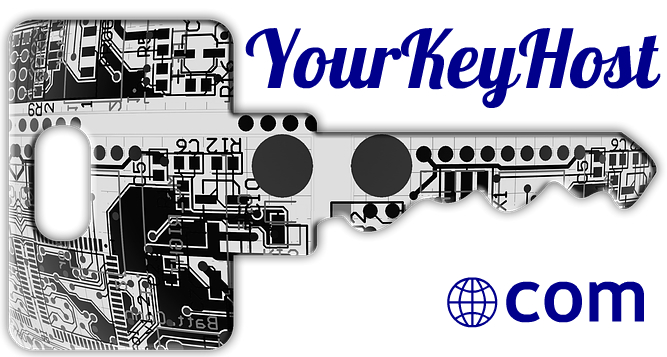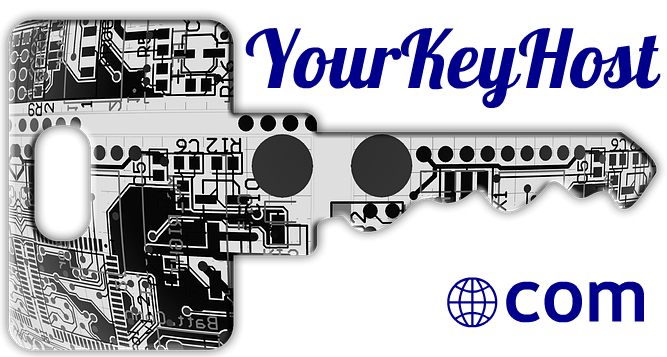Senior managers need to develop a much better understanding of the competitive advantage ease of use delivers.
Search, content and usability are poorly understood by most senior managers. Why? Because they were not areas of strategic importance when these managers were younger and developing their skills. (They say that most doctors prescribe based on what they learned in medical school.)
A developer familiar with Motorola has observed that one of the reasons it’s in such trouble at the moment is because “Motorola’s culture was steeped in hardware. It thought software happens magically, or in a software factory, or something like that.”
Hard stuff has been around for a long time and organizations are generally very efficient at managing it. But soft stuff, that’s another matter. And what could be softer than the user interface?
They have massive admiration for engineers and scientists. They don’t have those skills but I love to read the people who do. Most engineers will readily admit they’re not great at the finishing touches. At a certain point the thing works. It might look ugly, it might be hard to understand for anyone other than the team that designed it, but, hey, it works. Let’s move on to the next challenge.
The engineers don’t want to polish and fine tune. Nor should they need to. What needs to happen is active collaboration with usability designers who are brought in as close to the beginning of the design process as possible.
Senior management doesn’t want to polish and shine either and that’s a bigger challenge. Making it really simple, that’s an extra cost. It works. Ship it! We’ll use marketing to make people think it’s easy to use.
“The user interface matters,” Andrew Orlowski points out in his excellent article on Motorola. “It’s the first thing potential customers see when a friend passes them their new phone in the pub. A well-designed UX is consistent, forgiving and rewarding; Motorola’s user experience was inconsistent, unforgiving and hostile.”
Motorola is an amazing company. Much of its smart phone technology is industry best practice. According to Orlowski, Motorola’s operating system “proved to have many advantages over the recent competition in some important areas. With its mature and well-debugged phone stacks, it is better for phone calls than any other smartphone: it drops fewer calls, the calls sound better, and it uses the antenna better.”
If you own a Motorola. It’s a solid phone, but is absolutely horrendous to use. Every time I see someone using an iPhone I feel so envious. And you feel very resentful towards Motorola. Many times, you may have sworn that this is the very last Motorola phone you will ever buy.
If you’re reading this, then you’re probably already a believer. You know that ease of use is of critical importance to the modern consumer. Yet, at a management level it does not get the attention or resources it deserves. It’s our job to convince management that ease of use is not simply a competitive advantage but essential to the long-term future of the organization
Anyone got any case studies on how you convinced senior management to take ease of use seriously? Because we don’t.

